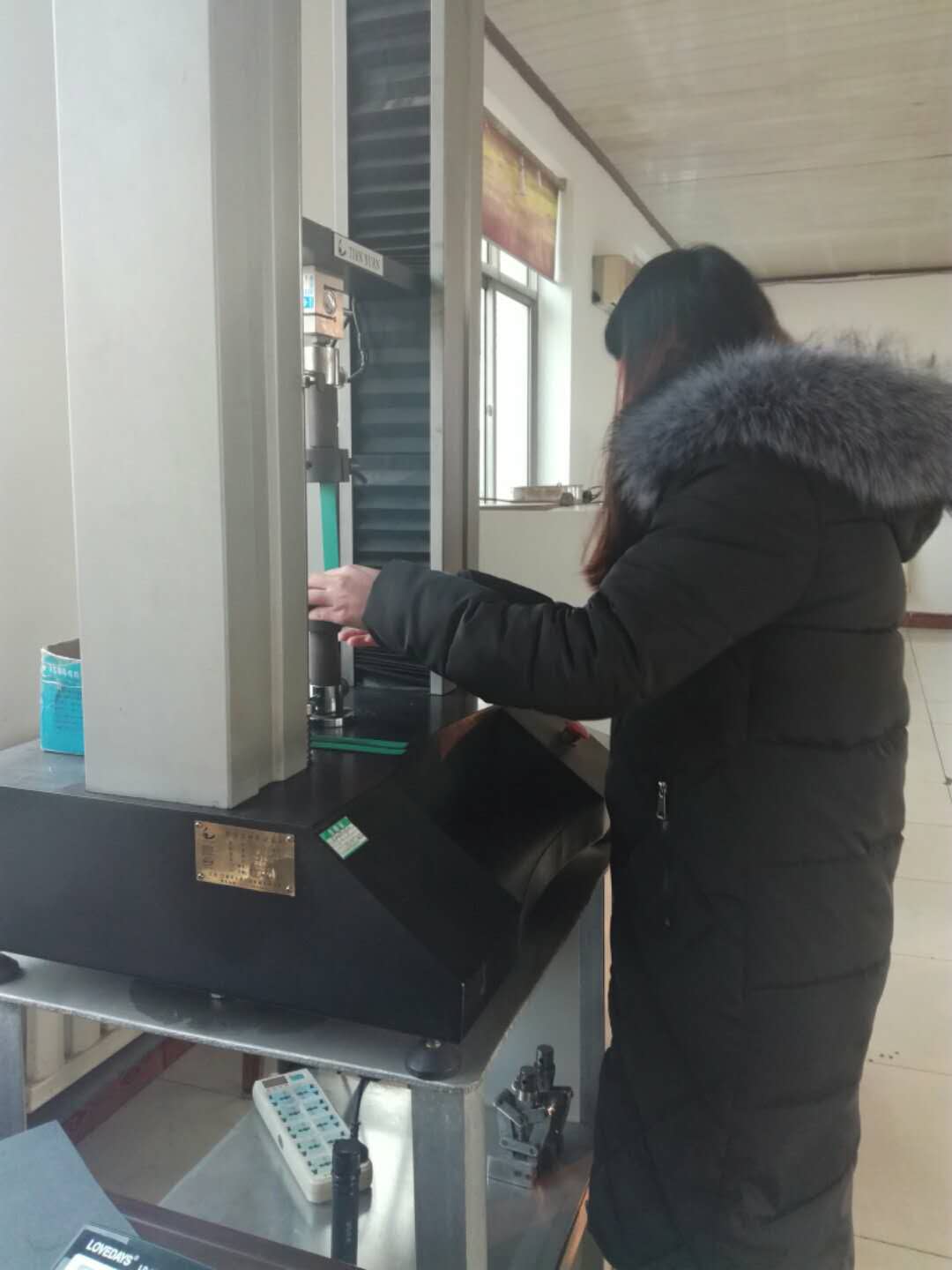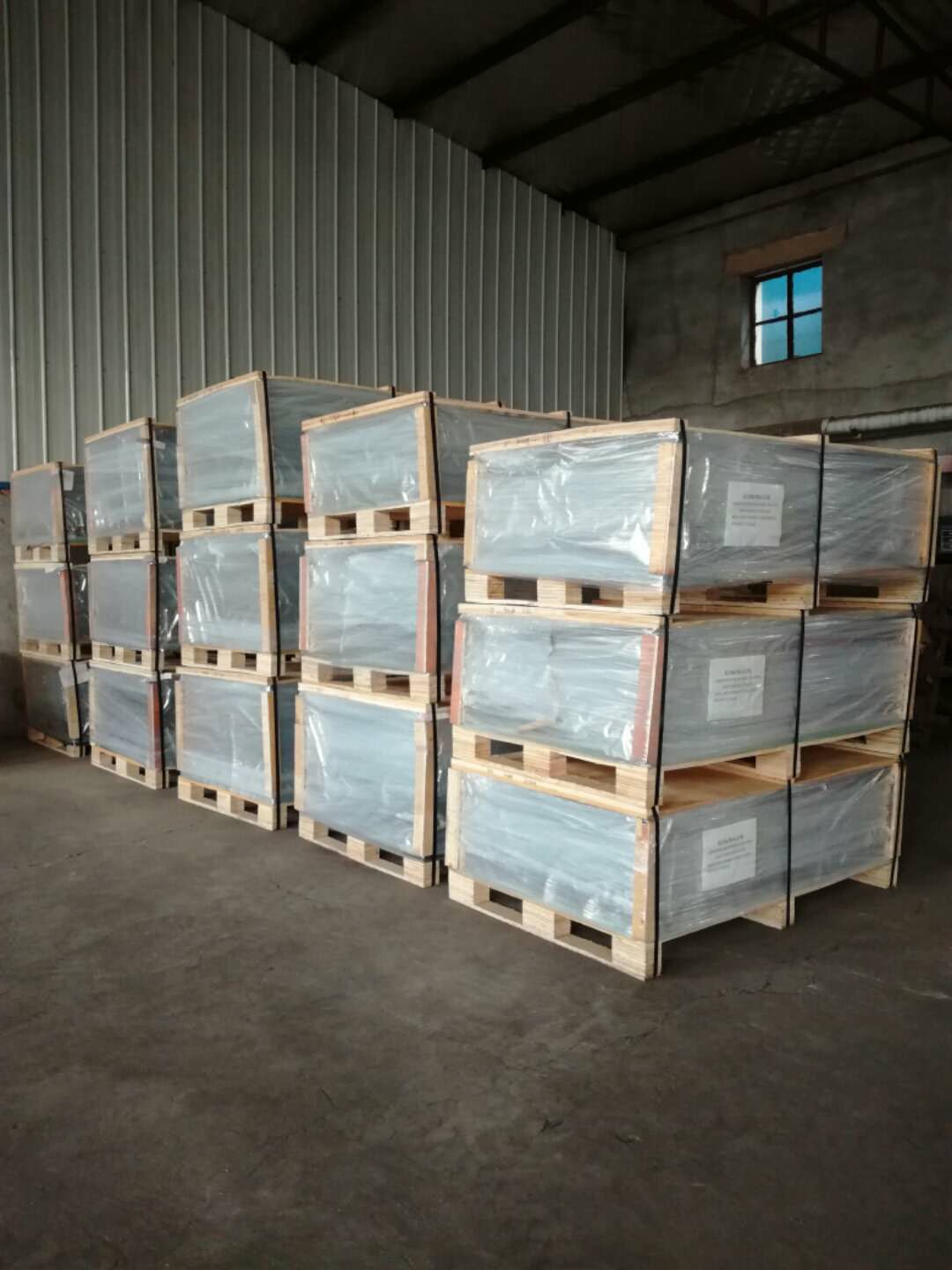
In recent years, with the in-depth development of safe cities and smart cities in China, high-definition surveillance has become popular. This has made face recognition significantly less of an obstacle in data collection, and has improved the quality and application of face recognition. Based on the breakthrough in the near-infrared face recognition system, some local governments are currently trying to purchase face recognition devices. According to statistics, it is expected that the domestic market will have a market scale of more than 10 billion yuan in sales in the next three years, and it is expected to form a market scale with annual sales of over one hundred billion yuan in the next ten years. Analysts said that the expansion of the application of face recognition to superimpose the strong promotion of government procurement will promote the face recognition sub-industry to continue the boom, investors can pay due attention.
Government Procurement Promotes Market Formation of 100 Billion Billion
At present, face recognition technology has been widely used in security authentication of access control systems (home applications, employee attendance), information security (network security payment), social entertainment (Apple, Facebook, etc. are already applied) and other fields.
ICAO stated that since 2010, its 118 member countries and regions must use machine-readable **, and face recognition technology is its first recognition model, which has become an international standard. At the same time, the Chinese Ministry of Public Security is stepping up the planning and implementation of China’s electronic gambling program. In the ever more technologically advanced future, the continuous advancement of technology will inevitably push the continuous upgrading of information security standards. Therefore, the upgrading of ID cards and electronic badges will inevitably bring more opportunities to the face recognition field. .
CITIC Jiantou pointed out in a research report that with the further development of face recognition technology and the increase in social recognition, face recognition applications will inevitably break through the scope of the original security identification and will move toward a wider range of markets. According to statistics, in China alone, it is expected to generate annual sales of more than 10 billion yuan in the next three years, and it is expected to form a market scale of over 100 billion yuan in sales in the next decade.
With the continuous development of related technologies, the application of global face recognition is gradually expanding, and the development of the industry has also entered the segmentation stage. First, combined with video surveillance, the emergence of face recognition intelligent video surveillance systems based on advanced biometric identification technology is another sign of the development of video surveillance systems. Applications include government, public security, banks, airports, stations, subways, Shopping malls, Internet cafes and so on. The second is to gradually replace the fingerprint attendance, face recognition attendance through the face of some unique features to identify the inspection attendance, the current technical level has broken the influence of the luminous, can achieve rapid recognition in the natural state. At present, face recognition attendance products are still in a state of initial development in the market, but the advantages of face recognition attendance technology have not been exceeded by other similar products, and face attendance has gradually exposed the trend of replacing fingerprint attendance. The third is self-service, such as the bank's automatic teller machines, if the user's card and password are stolen, they will be taken by others for cash; if you use face recognition at the same time, this situation will be avoided. The fourth is the GPS monitoring of public transportation. The smart card inspection system installed in the car will recognize the driver's face, thus auditing the driver and the vehicle. After the audit, the information will be transmitted to the dispatching room and the vehicle. The front face recognition is checked and the driver is forbidden to change it.
Near-infrared Resolution of Face Recognition Problems
The traditional face recognition technology is mainly based on visible light image face recognition, which is also the most familiar recognition method, with more than 30 years of research and development history. However, this method has insurmountable drawbacks, especially when the ambient light changes, the recognition effect will drop sharply, and it cannot meet the needs of the actual system.
In contrast, the near-infrared face recognition system is unique and completely solves the problem of environmental lighting that confuses the face recognition field. When the traditional visible light-based face recognition method encounters changes in light conditions, the recognition effect will drop sharply, resulting in unusable. Therefore, eliminating ambient light is a problem that must first be solved in a practical face recognition system. The core technology and system of face recognition based on near-infrared images can capture near-infrared face images that are not affected by changes in ambient light under different lighting conditions. With advanced algorithms, high recognition rates can be achieved.
Given the special nature of the biometrics industry, the development of markets and technologies requires strong support from the state, government agencies, and companies. In recent years, China’s economic development has been changing with each passing day, and various government departments have vigorously supported the use of new technologies to solve key issues. Face recognition technology is widely used in electronic systems, biometric identity cards, banking systems, public security systems, e-commerce, and e-government systems. It can not only improve the efficiency of social operations, but also greatly enhance the safety of citizens' daily lives.
At present, the application of face recognition technology has not yet been “universalâ€, but it cannot be denied that it has begun to affect the public’s life. With a huge population and rapid economic growth, the demand for reliable face recognition technology is also increasingly urgent. Once face recognition is promoted, its development prospects will be very good. In addition, the products created and manufactured in China must be imported into foreign markets. This requires the integration of products with international standards, paving the way for products to enter the world. With further breakthroughs in technological bottlenecks and further market regulation, I believe that the days of scale application will not be too far away. By then, the development and application of face recognition technology itself will also have greater improvement.
Facial recognition potential will change to the biometric recognition market
According to relevant data, the demand for biometric products in the global market will reach US$7.1 billion in 2010; the comprehensive annual growth rate of biometric devices will reach 21.3% in the next five years.
According to the latest authoritative report of the International Biometrics Group (IBG), “Biometric Market and Industry Report 2009-2014,†the automatic fingerprint identification system (AFIS) and real-time scanning accounted for the largest share among various biometric identification technologies. 38.3%; fingerprint recognition accounted for 28.4%, and automatic fingerprint identification system (AFIS) and real-time scanning, refers to the fingerprint identification system applied in the public security, criminal investigation, airports, security and other industries, is a civil market compared with other fingerprint identification. In addition, face recognition accounted for 11.4%, iris recognition, speech recognition, vein recognition, and palm shape recognition accounted for 8.0%, 3.0%, 2.4%, and 1.8%, respectively. It is understood that at present, China's domestic face recognition ratio accounts for 18%, relatively speaking, the proportion of fingerprint recognition decreased from the previous 98% to 82%, the above data fully shows that the strong potential for face recognition, and has now There is a tendency to replace the fingerprint recognition market.
It should be noted that face recognition has its own advantages over other biometric technologies. First of all, face recognition has visibility. This is very much in line with the idea of ​​face recognition. You only need to see someone's face and you can know who this person is and then use it as follow-up evidence. Fingerprints, irises and other biometrics cannot do this. Second, face recognition does not require or rarely require people to cooperate. Fingerprints and irises basically need people to cooperate to complete it, but face recognition is not needed, which determines the application of face recognition is more extensive. Again, face recognition does not require special equipment support. Nowadays, the lens is everywhere, and high-definition video cameras in the street, human hands and a smart phone can capture or capture people's faces, which determines the unlimited popularity of face recognition applications.
XB300 Asbestos Jointing Sheet
XB300 Asbestos Jointing Sheet is pressed with chrysotile asbestos fibers and synthetic or natural rubber as the main materials.
Usage:Suitable for temperature max 300 centigrade in water,vapour,air,gas,ammonia alkali and other mediums transmitted in the joints of facilities and pipelines.
PRESS:3.0MPa(max)
Dimension:
4100×1500mm; 4500 x 1500mm;2000×1500mm;
1500×1500mm;1500×1000mm;1540x1360mm
1270×1300mm; 3810×1300mm
Thickness: 0.5~6.0mm
Technical data:
Lateral Tensile Strength/MPa ≥ 9.0
Aging coefficient ≥ 0.9
Loss on ignition/% ≤ 30.0
Compression ratio/% 7~17
Recovery/% ≥ 40
Creep relaxation rate/% ≤ 50
Density(g/cm3) 1.6~2.0



Xb300 Asbestos Jointing Sheet,Asbestos Jointing Sheet,asbestos rubber jointing sheet,Compressed Jointing Shee
HEBEI HENGDA SEALING MATERIALS CO.,LTD. , https://www.hengdasealing.com